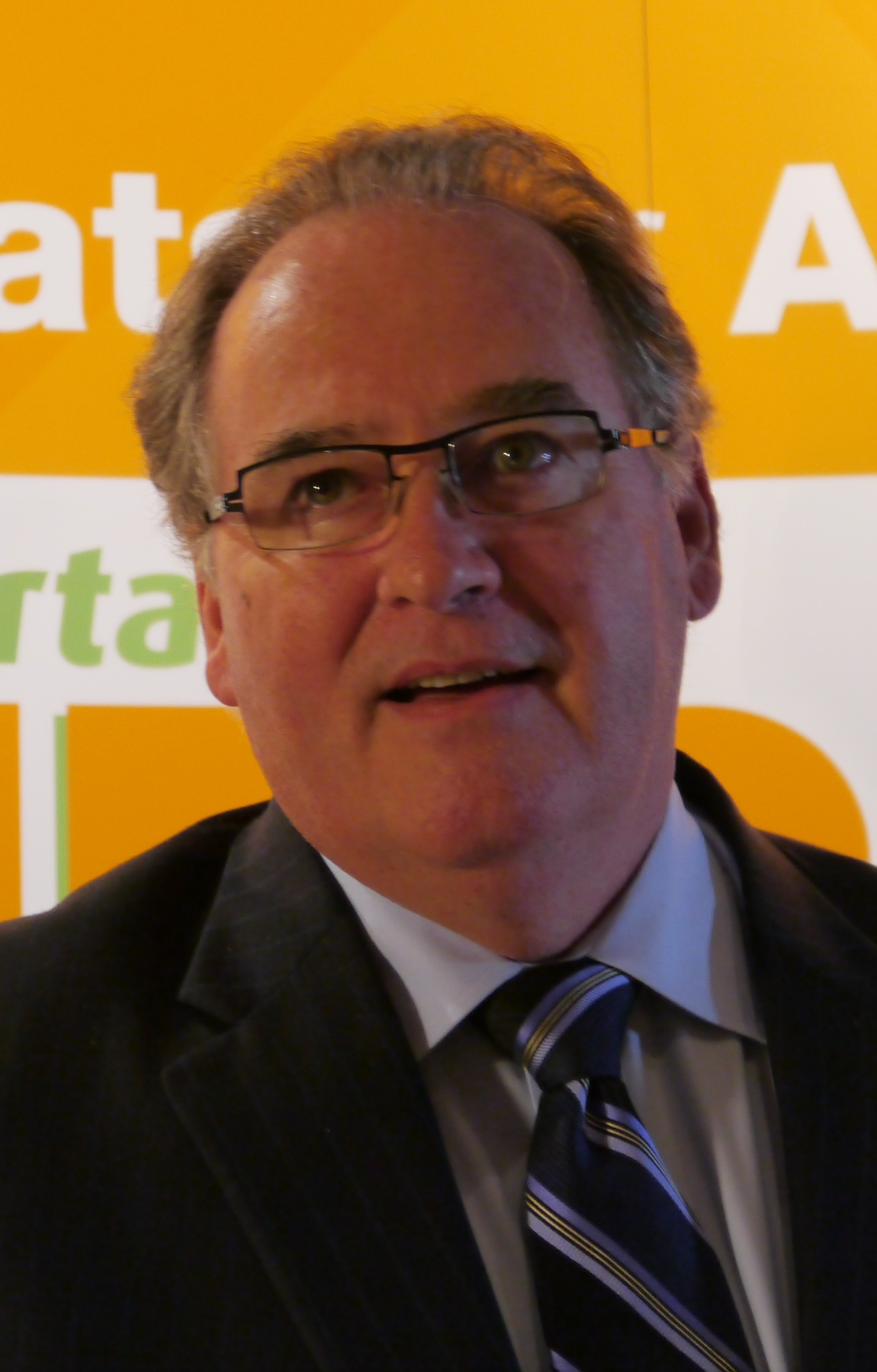Surely the strategic goal of Alberta’s New Democrats between now and the next provincial election must be to move the NDP from being the fourth party in the Legislature to the second one after 2016.
In other words, although an NDP government in Alberta is simply not in the cards over the medium term, the NDP could form the Opposition in 2016 if the party’s Legislative caucus is dealt the right cards in the next round of the great game of political poker … and manages to play them the right way.
Such an outcome would require a full measure of skill, since it is hard to see how it could come to pass without a degree of co-operation between the NDP and the right-wing Wildrose Party, which won 17 seats in the April 23 provincial election and is now the Opposition.
For it is axiomatic that if the NDP is to become the Opposition in 2016, the Wildrose Party will have to defeat the Progressive Conservatives under Premier Alison Redford and become the government — with all the dangers that would entail.
So the Wildrose Party’s 2012 campaign manager, former Stephen Harper confidante Tom Flanagan, almost certainly got it right when he told the Opposition party’s annual general meeting in November that the key to forming a Wildrose Government in 2016 is “to liberate those left-wing voters to go back and vote where they would actually vote.”
Of course, readers are forgiven if they wonder how this would benefit the NDP under Brian Mason or whomever follows him when it is the Alberta Liberal Party under Raj Sherman that is the third party in the Legislature, with five MLAs to the NDP’s four.
But this is why 2013 is such a crucial year to the NDP if it is going to vault from last place to second — because 2013 is the year the erstwhile Alberta Liberals, nowadays apparently known as the Libealbertans, are most likely to self destruct.
Certainly, the strains among Alberta Liberals are more evident than they have been for a long time. Indeed, it was a surprise to many and a disappointment to some that they didn’t collapse in the April election.
It is said here that Sherman — a medical doctor who has been accused of caring only about one issue, health care, and a former Progressive Conservative with Tory instincts — is not a natural leader for the Liberals. Party officials’ angry overreaction to the recent call by Liberal MLA Kent Hehr for centre-left parties to work together is one illustration. The Bronx cheer that greeted Sherman’s disappointing testimony before the health care preferential-treatment inquiry is another.
So a worthy if untraditional goal for the Alberta NDP in 2013 should be to ensure Liberal MLAs unhappy with Sherman’s leadership know they would be welcome in the New Democrat caucus.
For many reasons, this would probably be as hard for the four New Democrat MLAs as for any of their Liberal counterparts, but the payoff is potentially significant — attracting at least some of the Liberal voters who traditionally can’t stand the right-wing parties but view the NDP with almost equal discomfort.
On the other hand, if Sherman can hold his fragmented and unhappy caucus together through 2013, the opportunity to cement the NDP in the minds of Alberta voters as the natural centrist opposition party will be far more difficult to achieve.
But if the NDP can cross this important steppingstone without getting its feet wet in 2013, it will be in a position to achieve something much bigger after that.
It seems likely that in 2016, the PC Government will try to replay the campaign that worked for it in 2012 — to paint the Wildrose as social and economic extremists and Wildrose Leader Danielle Smith as a doctrinaire market fundamentalist, and to woo worried NDP and Liberal supporters to a big tent party that they see as both progressive and conservative.
Public service union members are sure to be a seen by the Conservatives as a key part of this unlikely coalition — a goal that is in conflict with the government’s immediate need to appear fiscally tight-fisted in the face of more years of deficits and an inflexible resistance to raising taxes. So the government’s ability to shore up this corner of its coalition is far from a sure thing.
Thus if the Alberta Liberals fall apart in 2013 under Sherman — and time their collapse conveniently for the NDP — the fight for Liberal voters with no traditional home to go to will be between the NDP and the Conservatives.
Who gets them may hinge on how scary the Conservatives can make the Wildrose Party look versus how corrupt the Wildrose Party can make the Conservatives appear.
The NDP needs the Wildrose Party to succeed dramatically enough that the Conservatives are swept from the board, but not so dramatically there is no room for the last centrist party standing to effectively oppose the mischief a market-fundamentalist Wildrose government might get up to.
So the difficult question for the NDP would become: how much co-operation with the Wildrose Party would be a good thing, and how much could lead to a catastrophe?
Naturally, there will be no shortage of scoffers at this scenario, and fair enough. Maybe the Orange Wave of 2011 and the little Orange Ripple that followed it through Alberta in 2012 were just flukes and order has once again been restored to the universe.
Moreover, New Democrats have been known before to snatch defeat from the jaws of victory.
Still, perhaps the cards really will start to break the NDP’s way in 2013. Whatever happens, next year is likely to be a significant one for Alberta New Democrats.
Happy New Year!
This post also appears on David Climenhaga’s blog, Alberta Diary.




